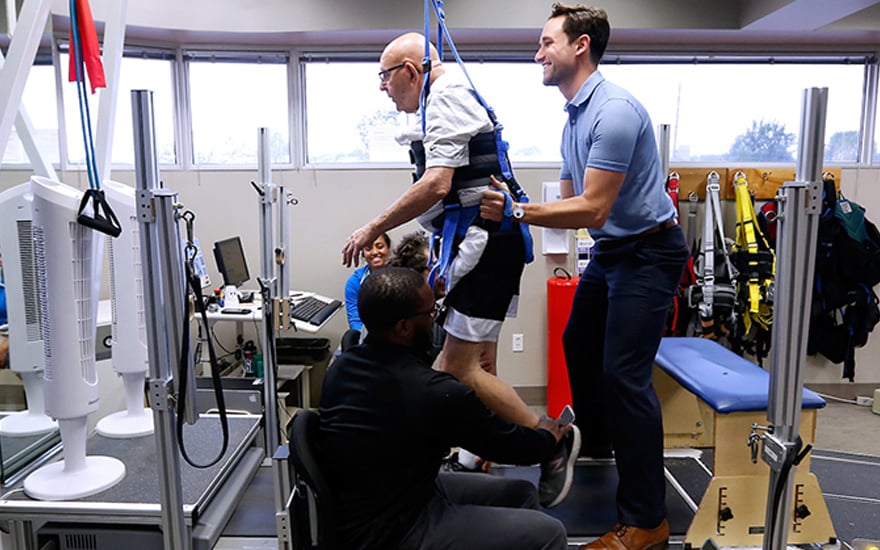Learn About Frequent Sports Ailments and Effective Rehabilitation Plans for Sports Players
Learn About Frequent Sports Ailments and Effective Rehabilitation Plans for Sports Players
Blog Article
Athletic traumas are common among athletes of every age groups and skill levels. These injuries can occur in multiple types, including sprains, strains, breaks, and tendonitis. Understanding the kinds of traumas that can happen during sports activities is crucial for not only prevention and care. Sprains, for example, entail the stretching or rupturing of ligaments, which connect skeletal structures at a joint. Strains, on the contrary hand, impact muscles or tendon structures, which connect muscle tissues to bones. Identifying these traumas promptly can help athletes seek appropriate treatment and return to their sport more rapidly.
One of the most commonly seen traumas in athletics is the foot ligament injury. This injury often occurs when an athlete touches down ungracefully or twists their foot during a game. Signs of an ankle sprain include discomfort, swelling, and trouble walking. Prompt care typically involves the R.I.C.E. method, which represents for Recovery, Ice, Compression, and Elevation. This method helps minimize swelling and discomfort. In more serious cases, rehabilitative therapy may be necessary to regain strength and flexibility to the ankle before going back to sports.
Another frequent injury is a muscular strain, which can happen in any athletic activity that demands sudden actions or heavy weight-bearing. Athletes may suffer a muscle injury when they extend a muscular tissue too much or when they apply too great force. Signs include sharp discomfort, swelling, and muscle contractions. Recovery for muscle injuries often includes light stretching and conditioning exercises. Slowly increasing exercise levels is crucial to avoid re-injury. Athletes should work closely with a rehabilitative therapist to create a safe and effective recovery plan.
Tendonitis is another trauma that can impact athletes, particularly those who participate in repetitive motions, such as runners or swimmers. This condition happens when a tendon structure, which links muscular tissue to skeletal structure, becomes inflamed. Frequent locations find out this here affected by tendonitis include the elbow, shoulder, and leg. Symptoms often include pain and rigidity, especially during activity. Care for tendonitis usually involves rest, cooling, and pain-relief drugs. In certain situations, rehabilitative therapy may be suggested to enhance mobility and power in the injured area.
Preventing sports injuries is just as important as addressing them. Sportspeople can minimize their risk of trauma by heating up correctly before activities, using the right gear, and keeping good physical shape. Power conditioning and stretching exercises can help prepare the body for the demands of athletics. Additionally, sportspeople should listen to their physical condition and take breaks when necessary. By understanding common athletic traumas and applying efficient rehabilitation strategies, athletes can stay healthy and enjoy their beloved athletic activities for a long time to follow.